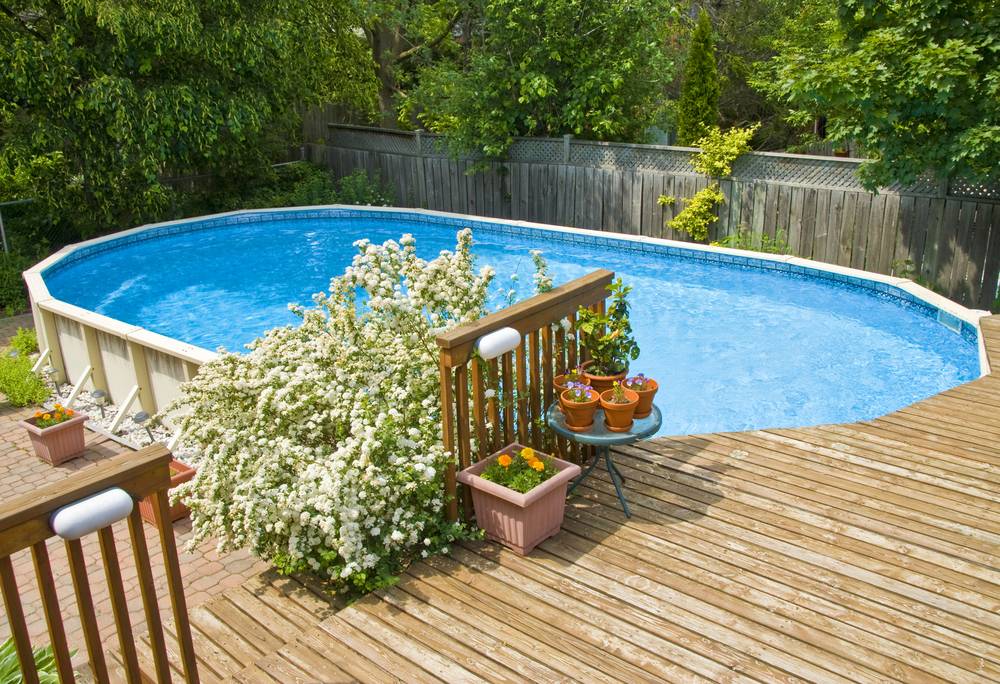My husband is following the guidelines here, got the Pool Math app and switched us to liquid chlorine. He has a Taylor K2006 test kit. We opened and got chlorine in and had to boost the calcium hardness. We had a bag on Balance Pak 300 (calcium chloride from pool store) and put that in which got the CH up to 250, but also raised pH to 8.0. TA was 90 at the time, CYA 40, temp was 55 but has risen to 60.
We've had a good deal of rain - FC is 4, pH 7.7, but CH has dropped to 200 and TA to 65. Water is sparkling clear. I think the CH is most important so I looked on here for sources of calcium chloride and (long story short) was able to get some Prestone Driveway Heat at Lowes $10 for 9.5lb (got 3). That compares to 7lb Balance PAK 300 for $18. PoolMath says 20lb to raise CH to 275, after which we'll get some baking soda in for TA. Is it OK to sprinkle right in or should it be diluted in a bucket? He can brush after. Thank you in advance.
We've had a good deal of rain - FC is 4, pH 7.7, but CH has dropped to 200 and TA to 65. Water is sparkling clear. I think the CH is most important so I looked on here for sources of calcium chloride and (long story short) was able to get some Prestone Driveway Heat at Lowes $10 for 9.5lb (got 3). That compares to 7lb Balance PAK 300 for $18. PoolMath says 20lb to raise CH to 275, after which we'll get some baking soda in for TA. Is it OK to sprinkle right in or should it be diluted in a bucket? He can brush after. Thank you in advance.


